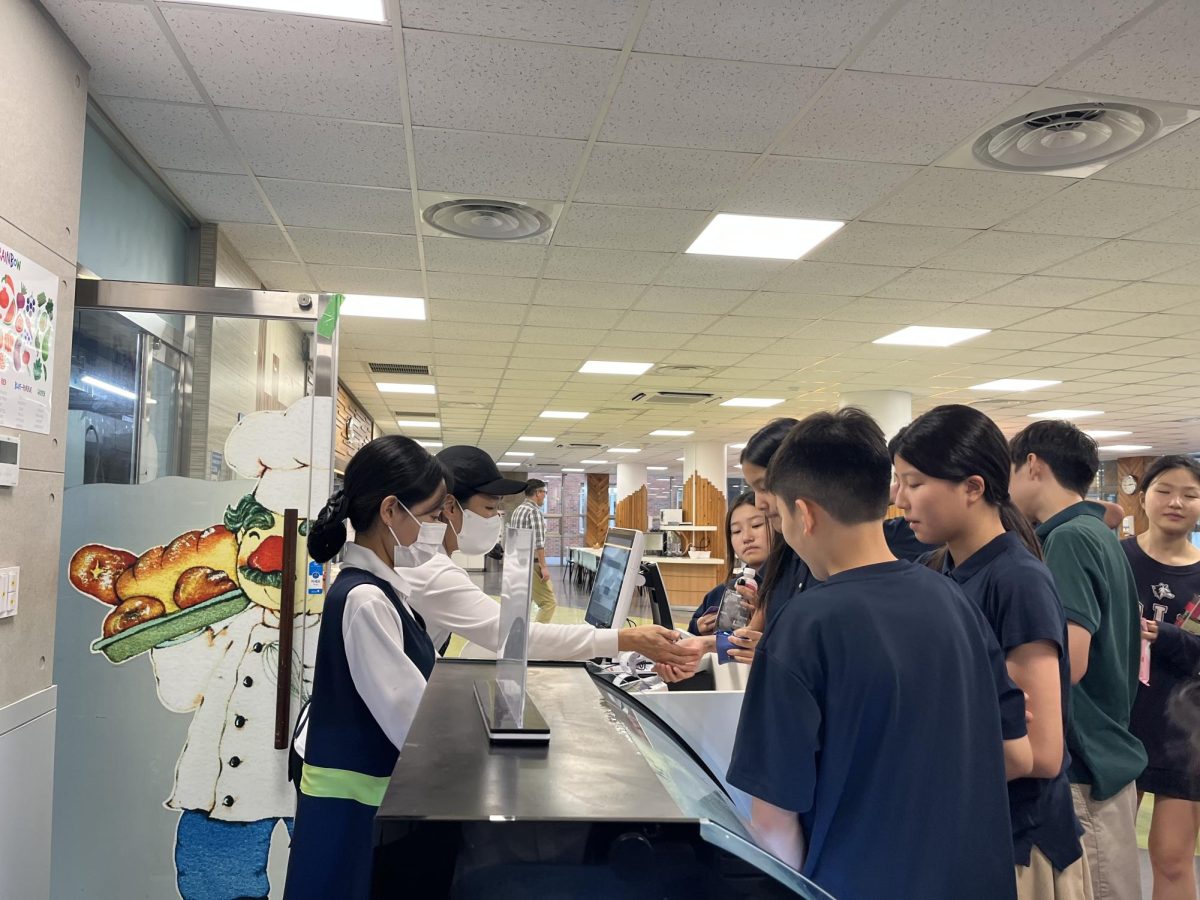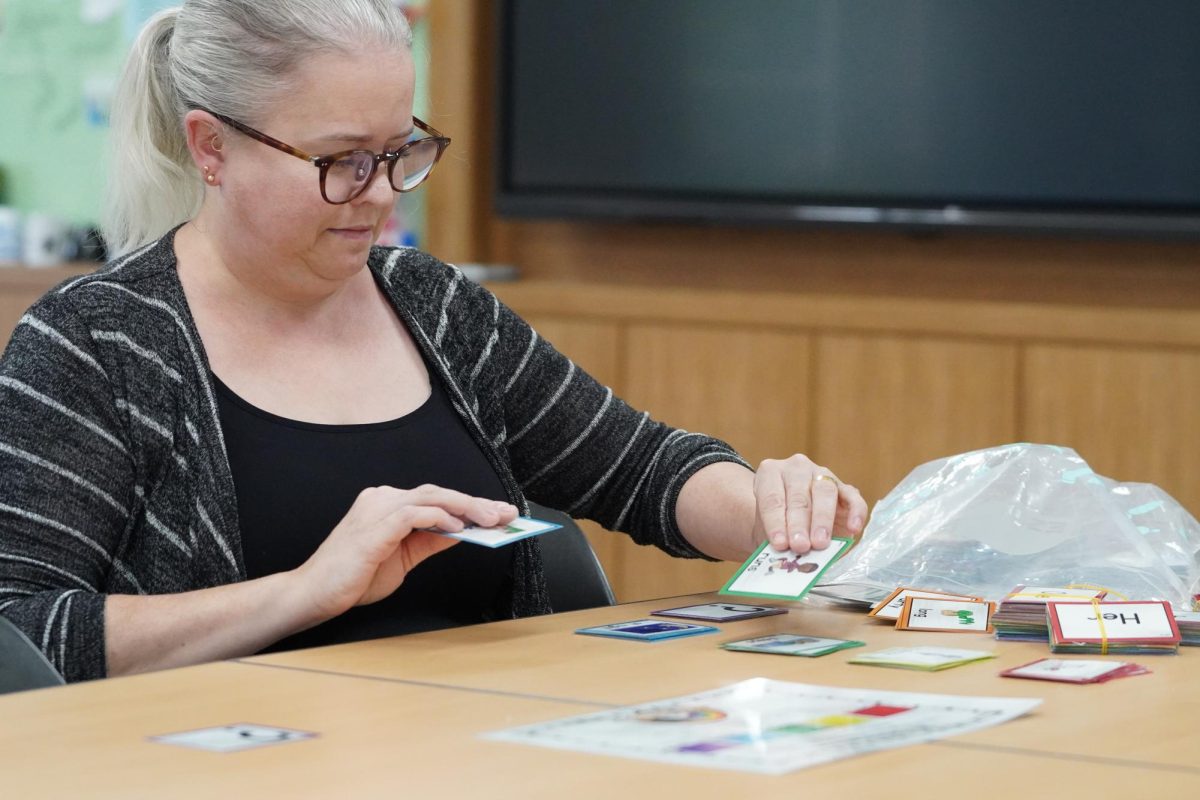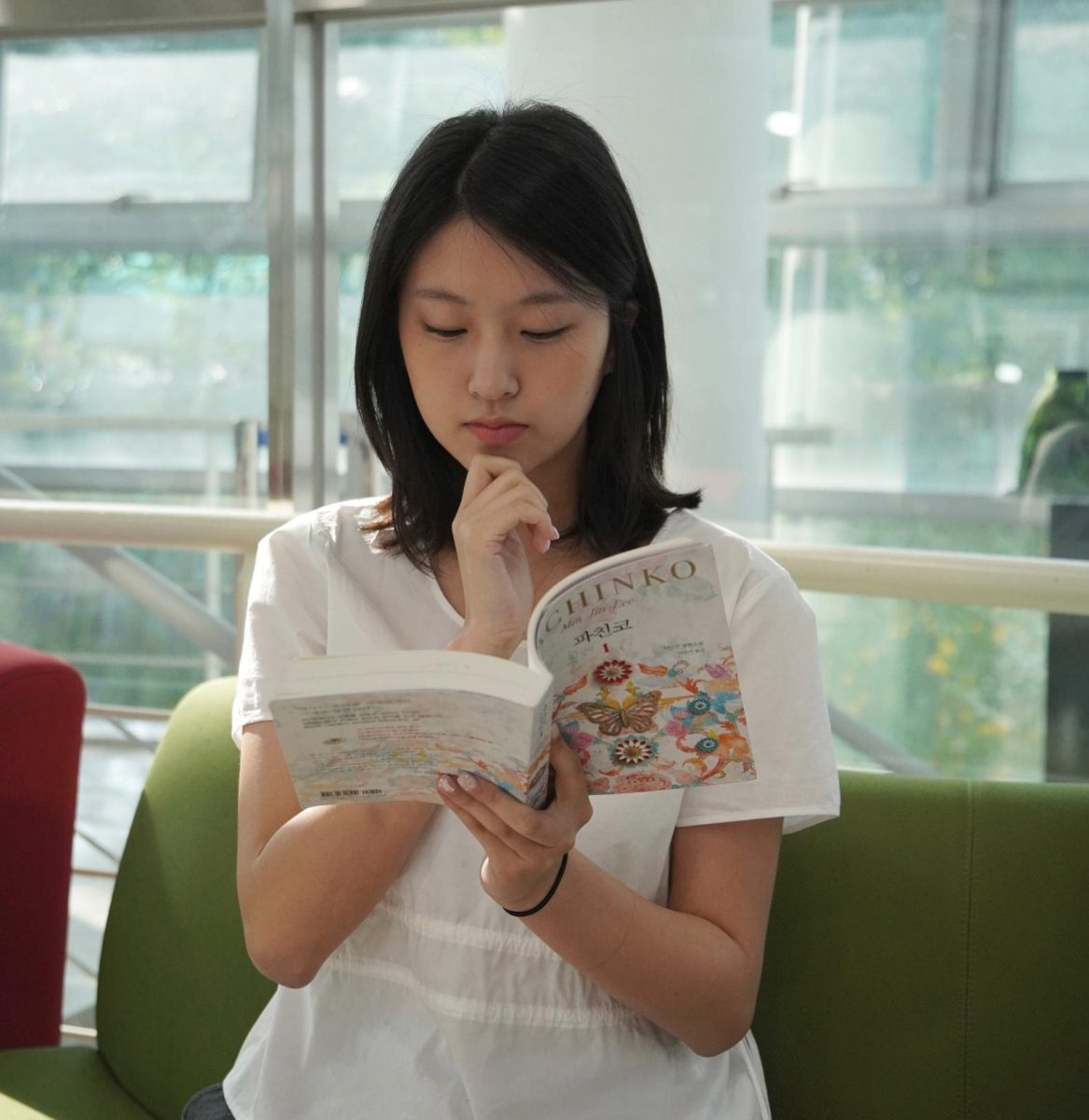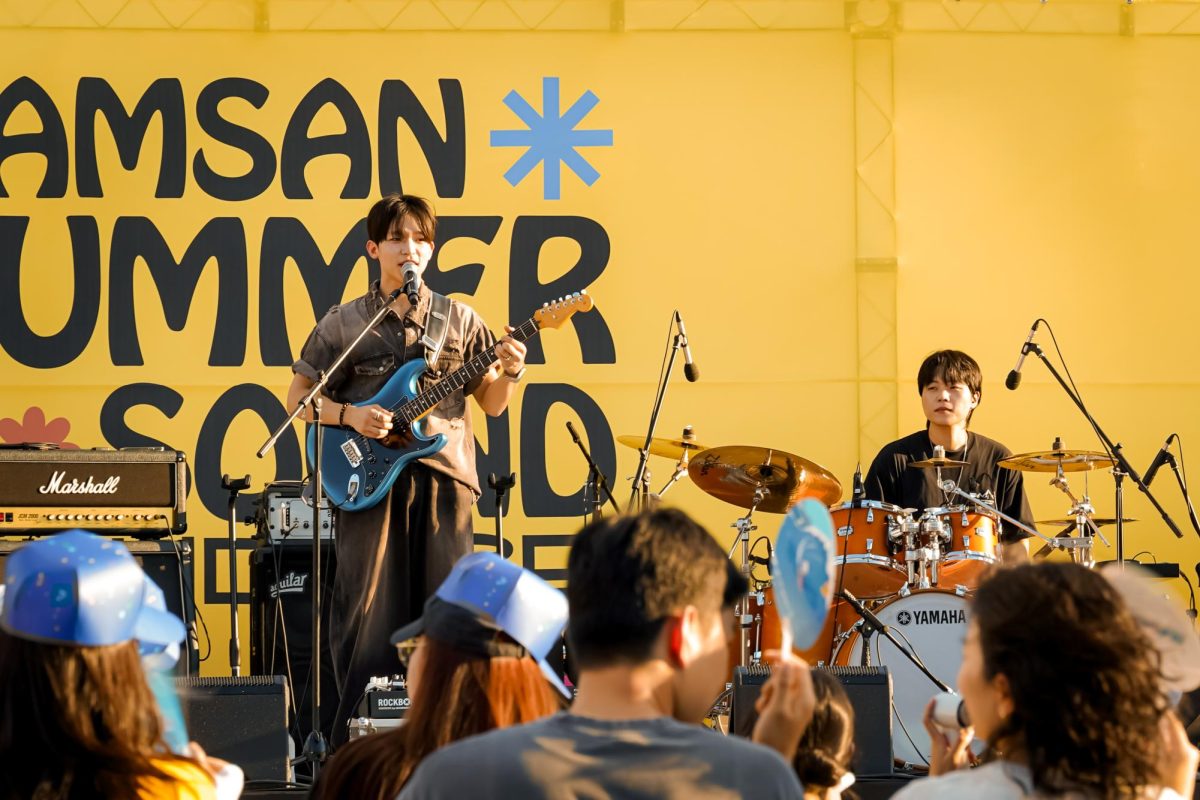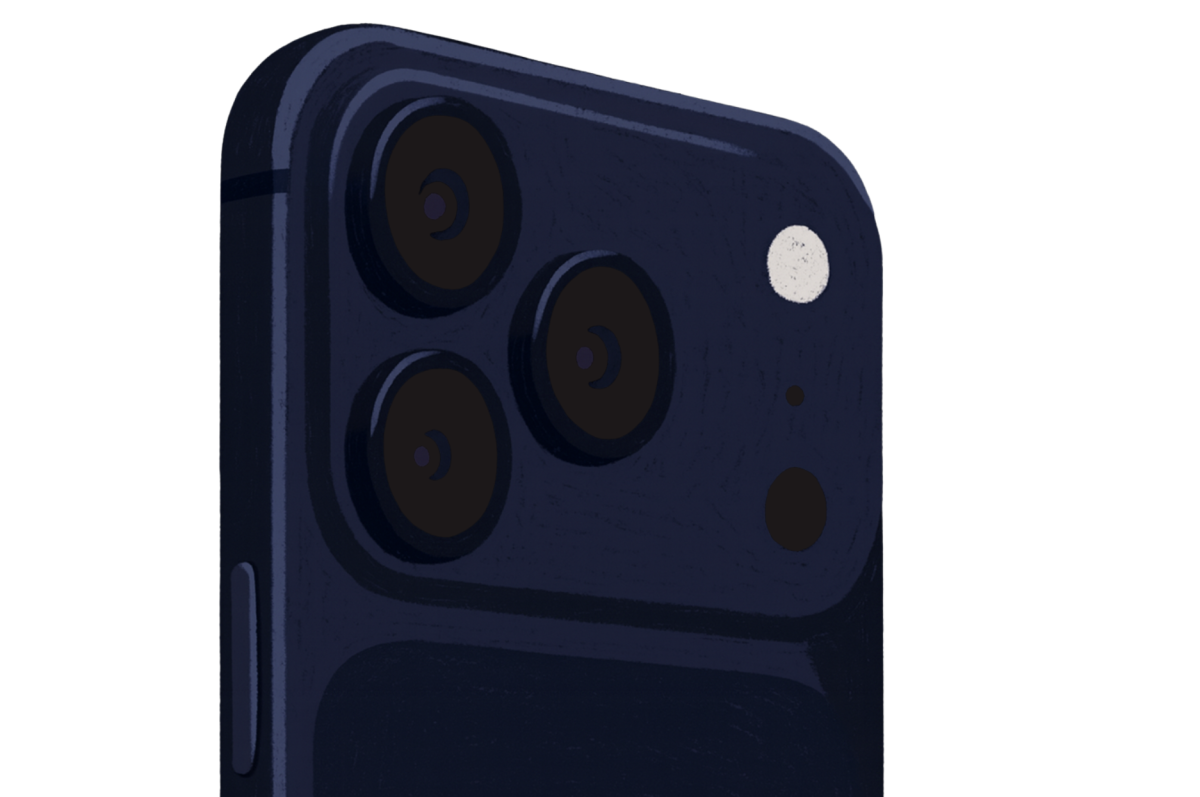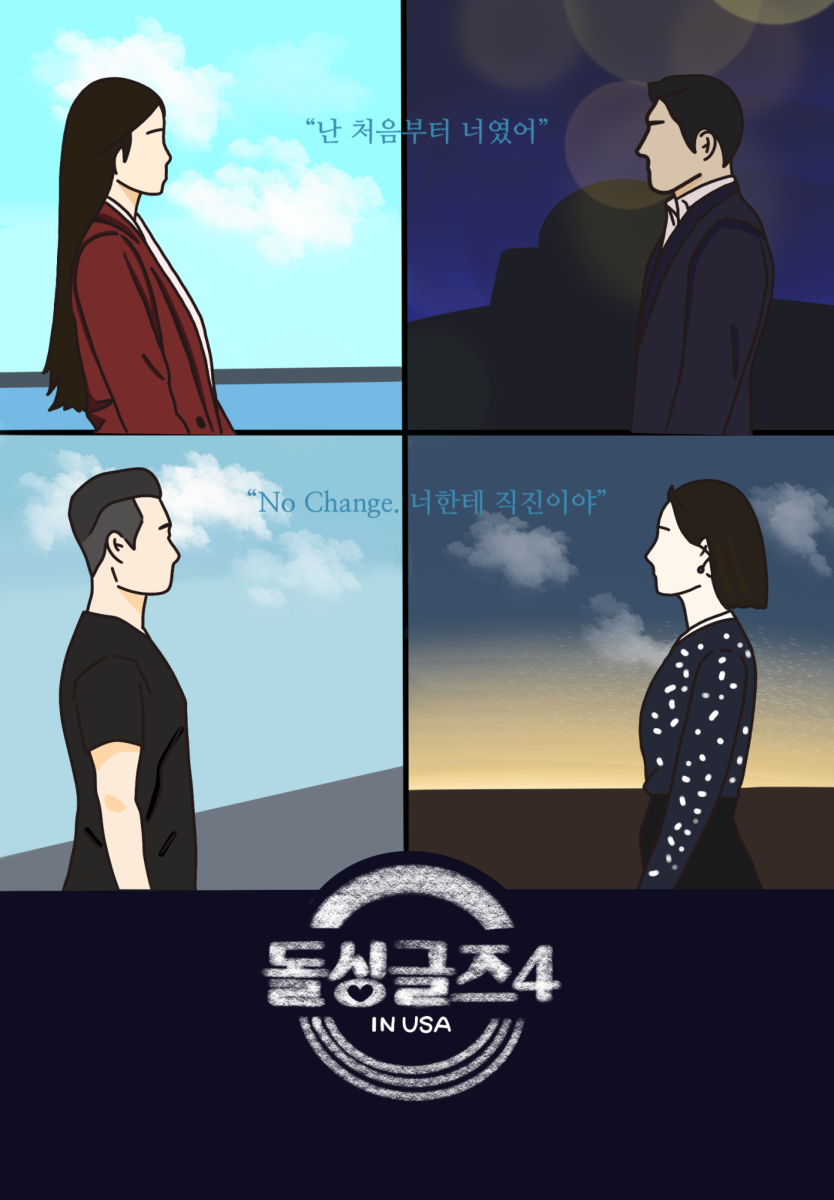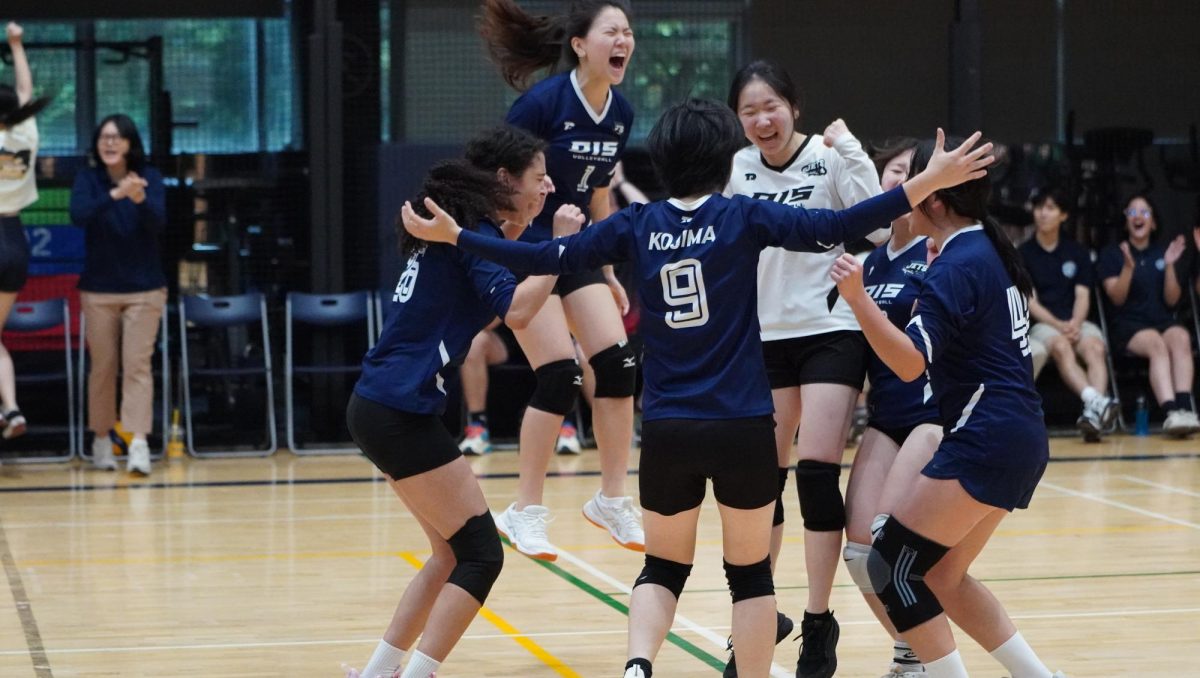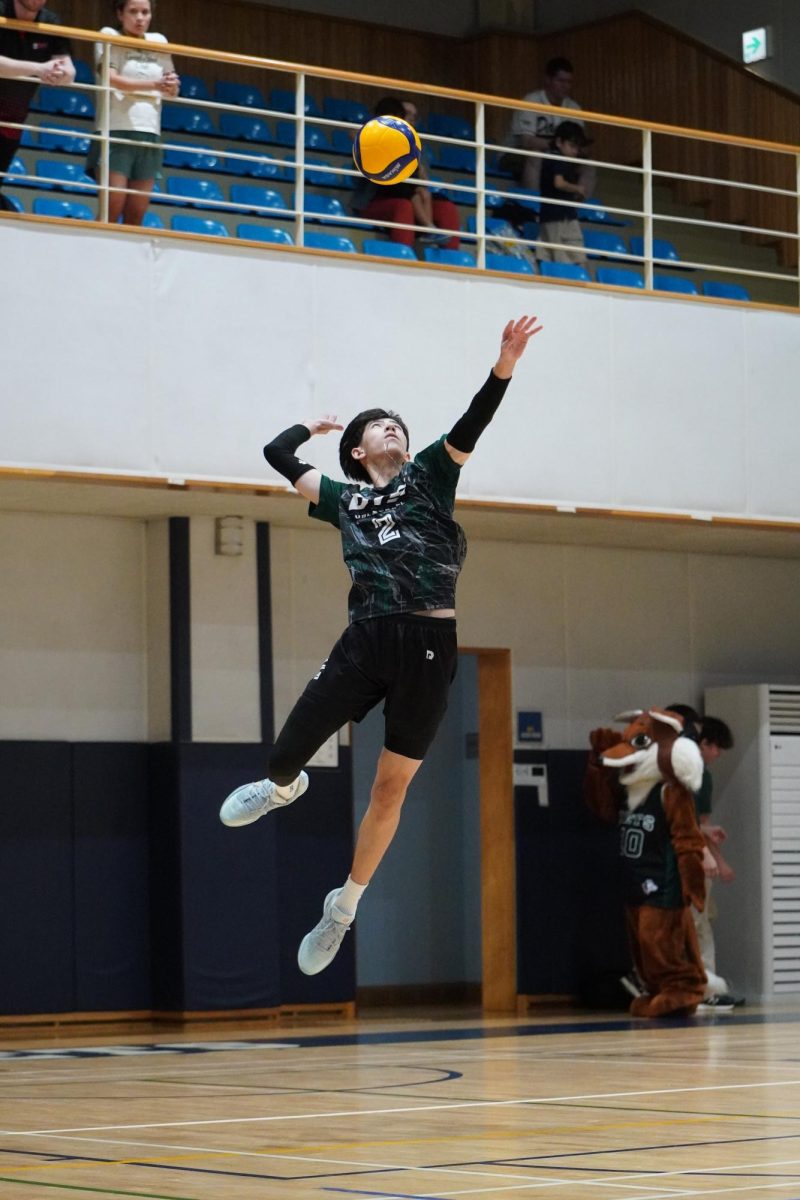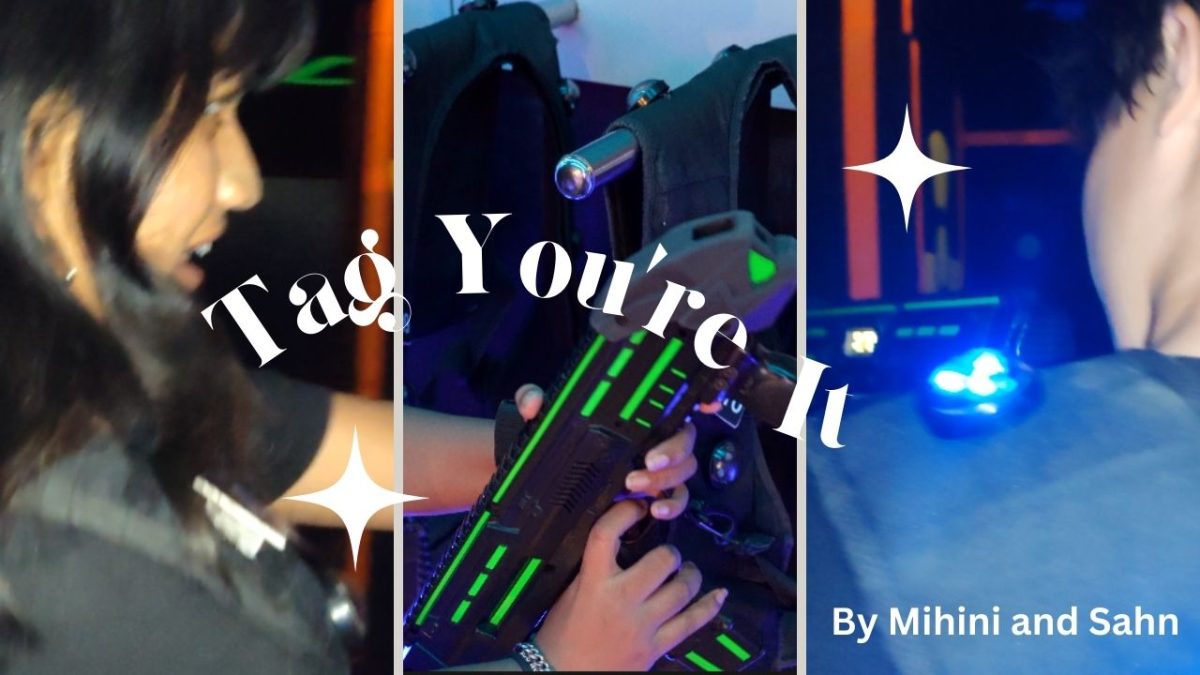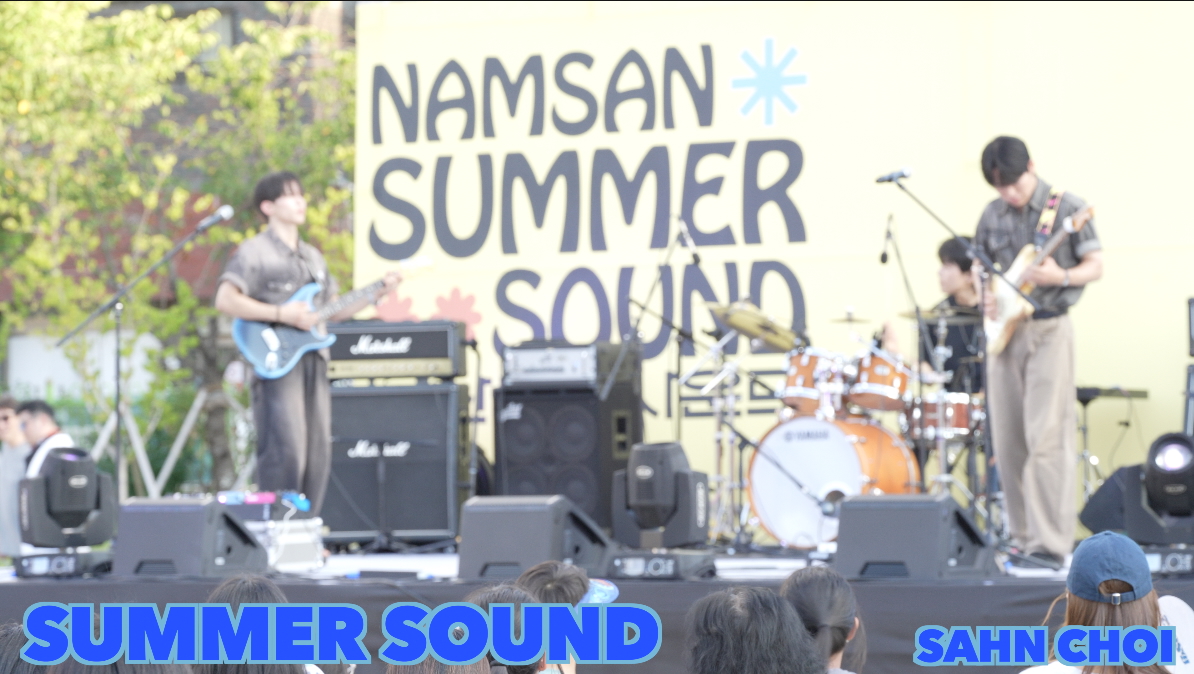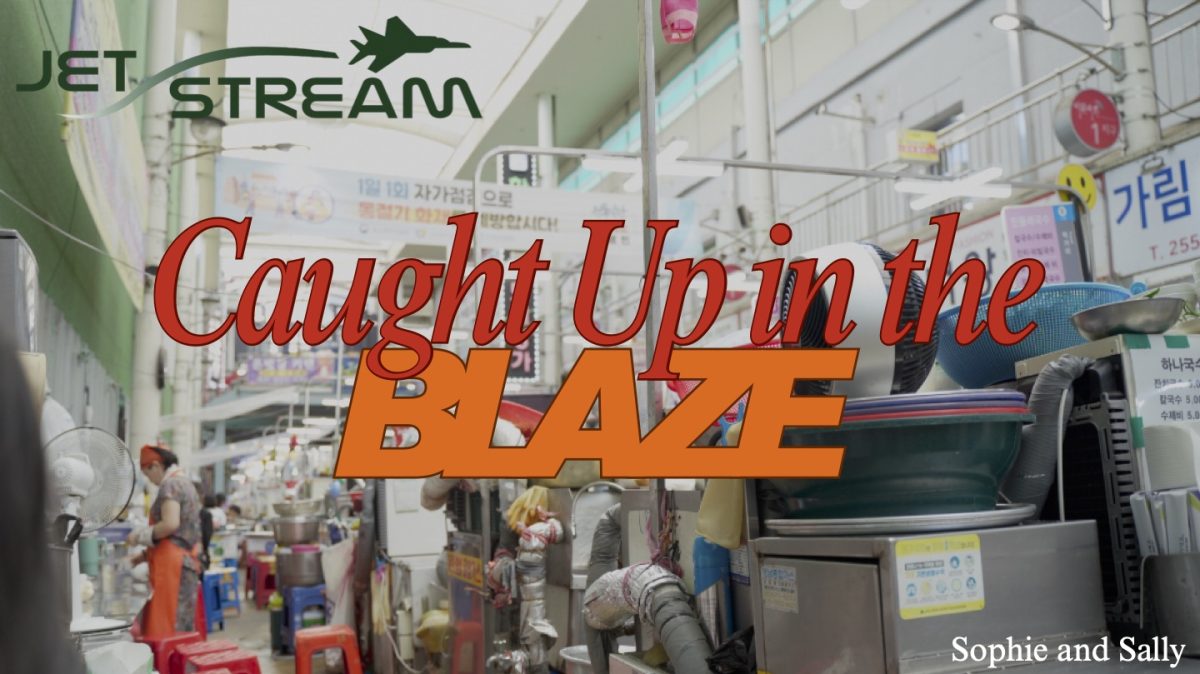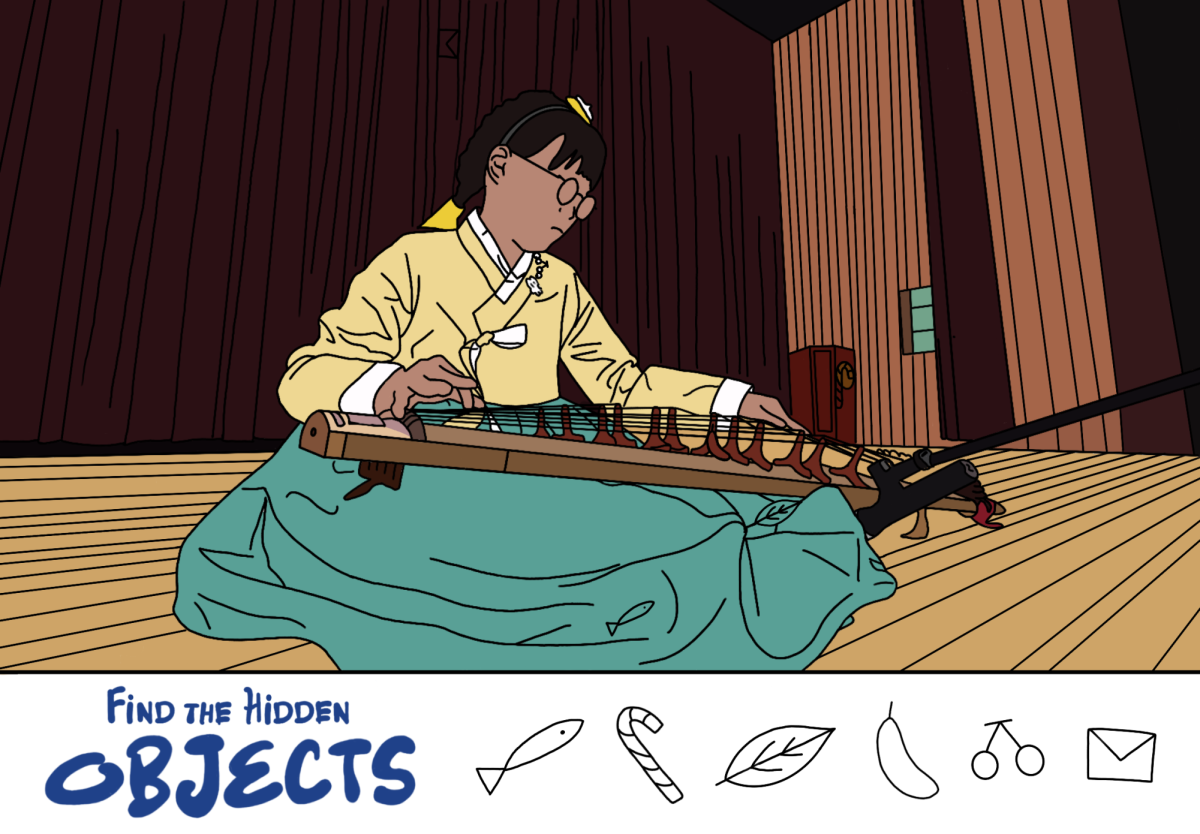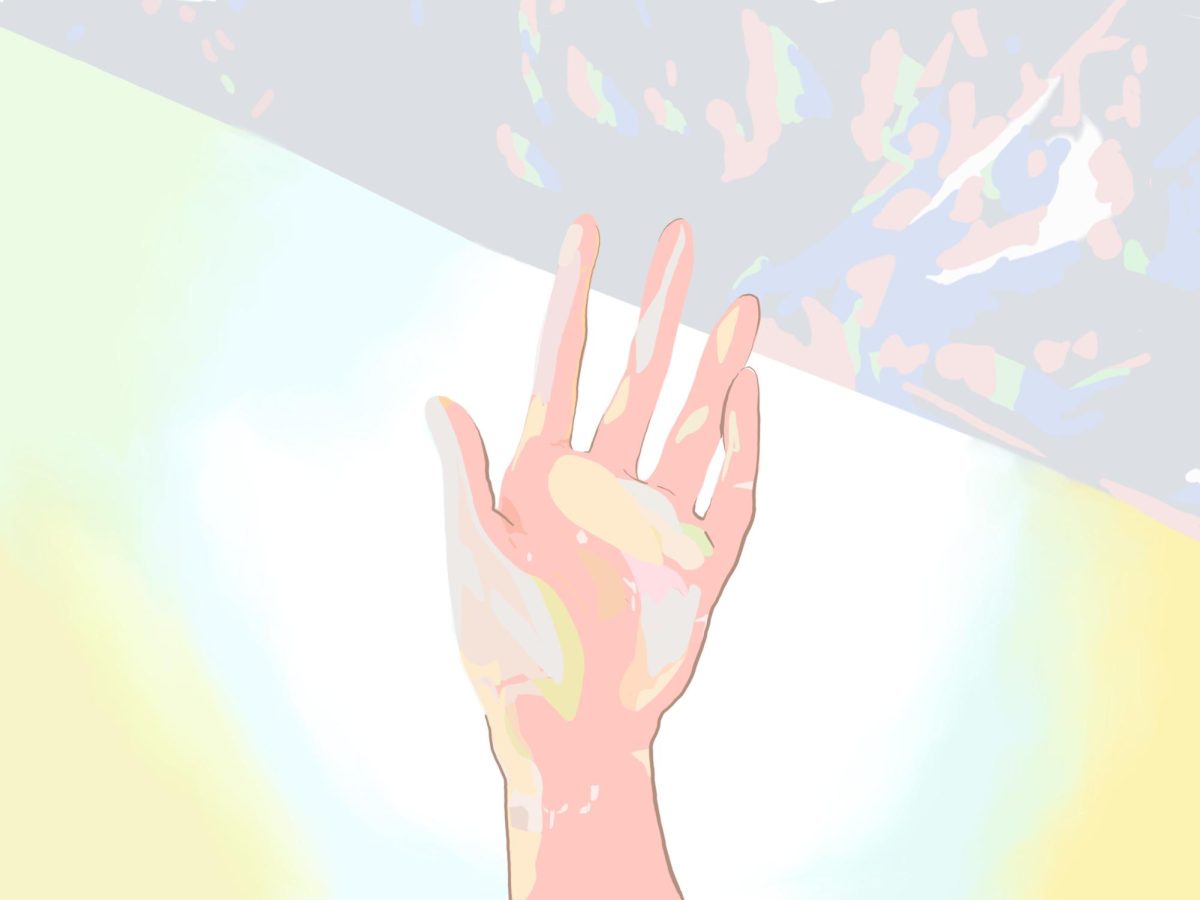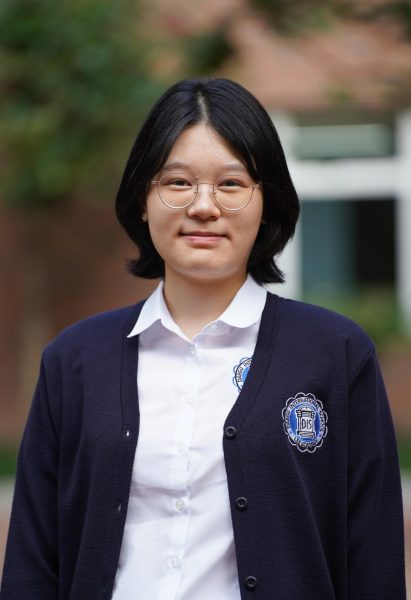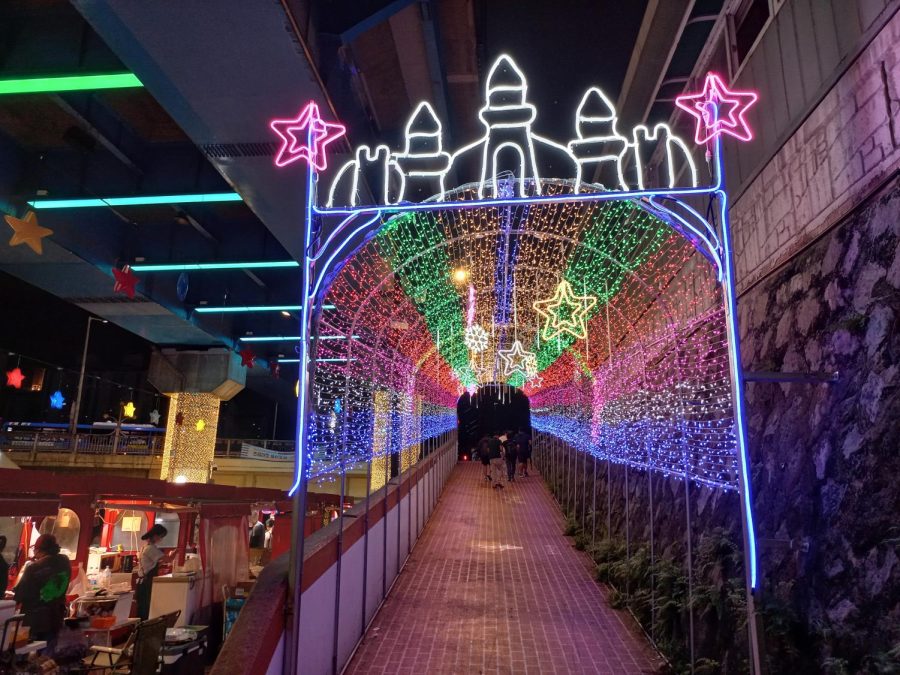For art-lovers and those who appreciate the beauty of vivid tones, The Colors Within, released on Oct. 3 in Korea, offers the perfect experience. Filled with magnificent scenery and a dreamy color scheme, the film tells a story of three teenagers’ social growth.
Directed by Naoko Yamada, a renowned figure in anime cinema known for A Silent Voice, The Colors Within captivated me just as much. As a fan of the cinematography in A Silent Voice, I had high expectations, and the film delivered on every front.
Initially, due to the teasers heavily centered around band performances, I expected the movie to consist mostly of stages and be focused on the characters’ melodic journey. However, contrary to my assumption, the composition of music and the final performance did not reach the spotlight of the plot.
The film utilizes music solely as a shared interest among the protagonists and as a symbol of the interaction between vision and audition. Born with synesthesia, Totsuko senses colors when she feels emotions. To her, music symbolizes the way people share common experiences through playing instruments, a process that begins with the interaction between sight and sound.
The movie’s main plot focuses on how the protagonists Totsuko, Kimi and Rui bond. Although all three of them have vastly different personalities, they share two things in common: a love for music and the absence of a “true friend.”
Totsuko takes on a journey to find her own color, while Kimi and Rui struggle to express their true feelings. Kimi faces the weight of her grandmother’s high expectations, which leads her to drop out of school under the pressure. Meanwhile, Rui dreams of pursuing music as a career, yet feels torn between his passion and the obligation to continue the family tradition of being a local doctor.
So far, the movie sounds flat if not cliché. Yet, the director Naoko Yamada adds a greater level of depth to the plot with her beautiful usage of palettes and notable cinematography.
Yamada embeds color in the storyline through Totsuko, who “feels” the inherent pigments within people and their emotions. When she first runs into Kimi, Totsuko falls in love at first sight – not necessarily with Kimi, but with her vibrant blue.

In the scene, a cool, bluish tone envelopes the entire frame, which creates a strong contrast with the previous scene where warm pastel tones like brown and yellow took up the screen. The sudden portrayal of Kimi in a highly saturated blue mesmerized the whole cinema and made it easier for the audience to resonate with Totsuko. Although a simple transition, its picturesque presentation turned a potential cliché into an impactful spectacle.
Additionally, the movie later utilizes blue as a smooth transition to an ocean, where the protagonists travel on a boat to meet up with Rui. Multiple scenes incorporate this transition throughout the film. To me, the moment acts as a symbol for her outward calmness and inner conflicts that unravel later, which resembles the depth and turbulence of the ocean in a way.
Moreover, the visuals enhance the potentially hackneyed topic. Undeniably, many films overuse the themes of love and friendship. Yet, “The Colors Within” successfully creates an exceptional representation of the spectrum of emotions. Thus, in the scene where Totsuko picks up a snow globe that suits Rui, she senses fragments of various splendid dyes from Kimi, and the perspective switches to Totsuko’s point of view.

The movie explicitly states that the chromatics marked the most beautiful scene Totsuko had ever experienced. Indeed, the scene surpassed beauty – its vibrant colors blended in perfect harmony, each element complementing the other without aloofness. Kimi’s facial expressions, however, barely changed – a reflection of her internal state, consistent with her earlier stoic demeanor.
Because the audience faces difficulty to read Kimi’s emotions only by her facial expression, the gradients serve a crucial role in this scene to highlight the beauty of the ineffable sentiment – a mix of platonic love, friendship, excitement, and more.
While the light-colored fragments could have looked incongruous with the winter holiday-like setting, the rapid yet smooth transition from a warm-colored ambiance to a pink, fantasy-like color scheme right before the scene left it with nothing but a surreally dazzling spectacle.
In the end, Totsuko discovers her own color under the sunlight, which remains covert throughout the whole piece. I believe the color she senses acts as a metaphor for individual charm and the enchanting paints incorporated in the movie set “The Colors Within” apart from all the others of similar theme.
Overall, I give the movie a 7.7/10. The storyline feels incomplete in some aspects, and the movie lacks dynamic conflicts that some may prioritize. Yet, the visuals by themselves make The Colors Within worth an hour and 40 minutes of your time.



